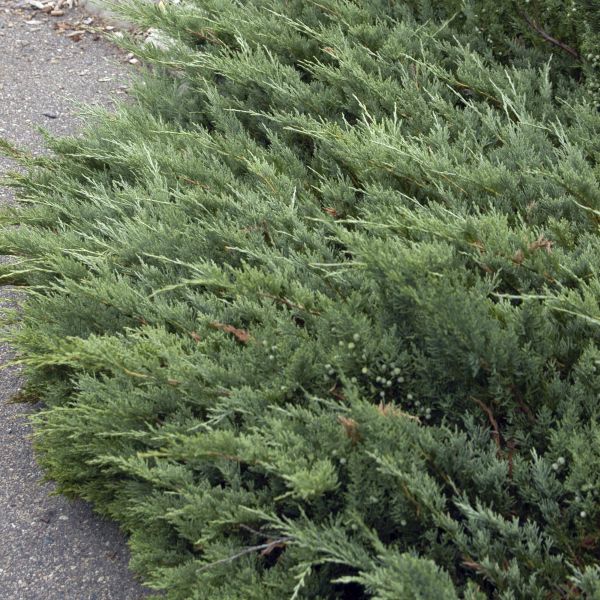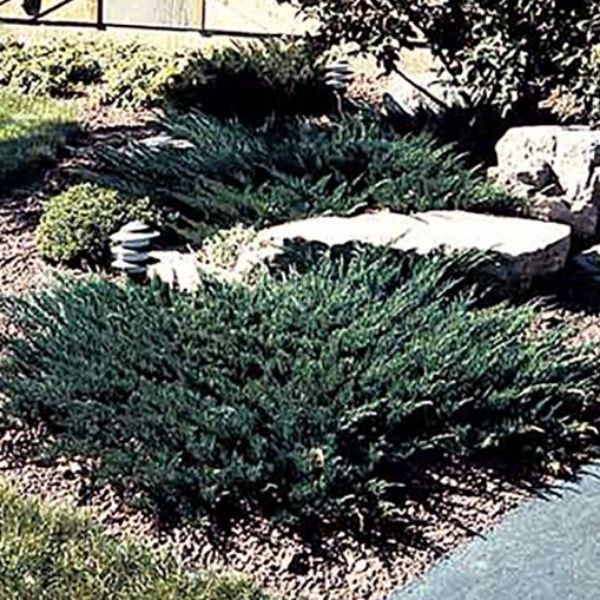Ship to: 43215 Update

- Plants
- Evergreen & Privacy
- Privacy Trees
- Juniper Trees
Plants Filter
Current Filters
Mature Height
Sunlight
Plant Type
Juniper Trees
Juniper trees are a group of evergreen coniferous trees and shrubs belonging to the cypress family, Cupressaceae. Junipers are widespread across the globe, with various species found in different regions, including North America, Europe, Asia, and Africa. These trees and shrubs are characterized by their needle-like or scale-like leaves and small, fleshy, berry-like cones called "juniper berries." The foliage of juniper trees varies in color, ranging from deep green to bluish-green or silvery-blue, depending on the species. Some junipers also have an aromatic quality, with a scent reminiscent of pine or cedar.
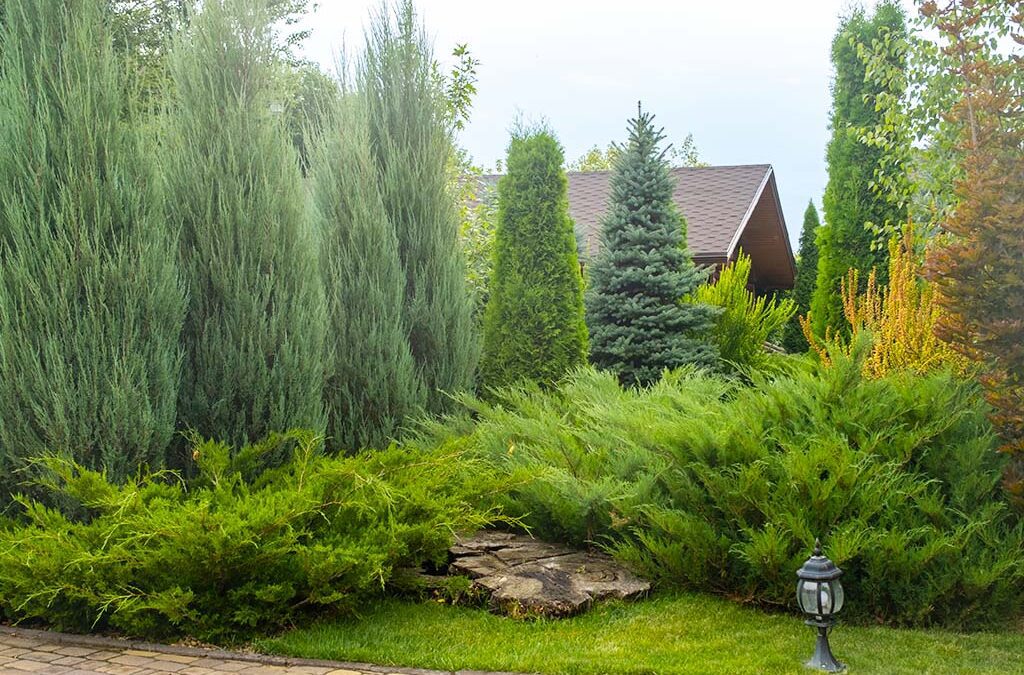
Varieties: There are numerous species and cultivars of juniper trees and shrubs, each with its unique characteristics and growth habits. Some of the common juniper species include:
- Juniperus communis (Common Juniper): This species is widespread across North America, Europe, and Asia and is known for its bluish-green or green needle-like leaves.
- Juniperus virginiana (Eastern Red Cedar): Native to North America, this juniper species has scale-like leaves and produces bluish berries that turn brown as they mature.
- Juniperus scopulorum (Rocky Mountain Juniper): Native to North America, this juniper species features silvery-blue foliage and has a rugged, irregular growth habit.
- Juniperus chinensis (Chinese Juniper): This species is native to China and is cultivated in various parts of the world for its attractive foliage and different growth forms.
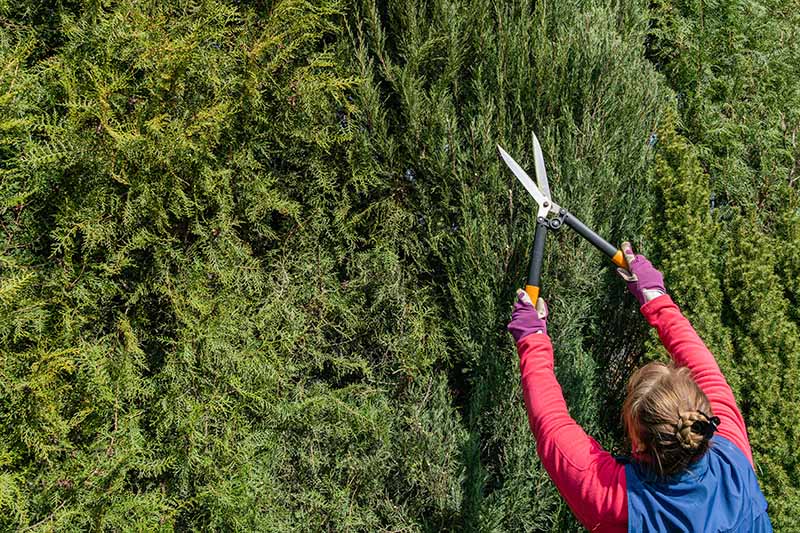
Care Tips:
- Sunlight: Juniper trees and shrubs generally prefer full sun, as they thrive in locations with plenty of direct sunlight.
- Soil: Junipers are adaptable to a range of soil types, but well-draining soil is crucial for their health.
- Watering: Established juniper trees and shrubs are typically drought-tolerant, but proper watering is important during dry periods, especially when they are young and establishing their root systems.
- Mulching: Applying a layer of organic mulch around the base of the tree or shrub helps retain soil moisture and regulate temperature.
- Pruning: Junipers usually do not require heavy pruning. However, light pruning can be done to shape the tree or shrub and remove any dead or overgrown branches.
- Fertilization: In most cases, junipers do not require heavy fertilization. A balanced fertilizer in spring can support healthy growth.
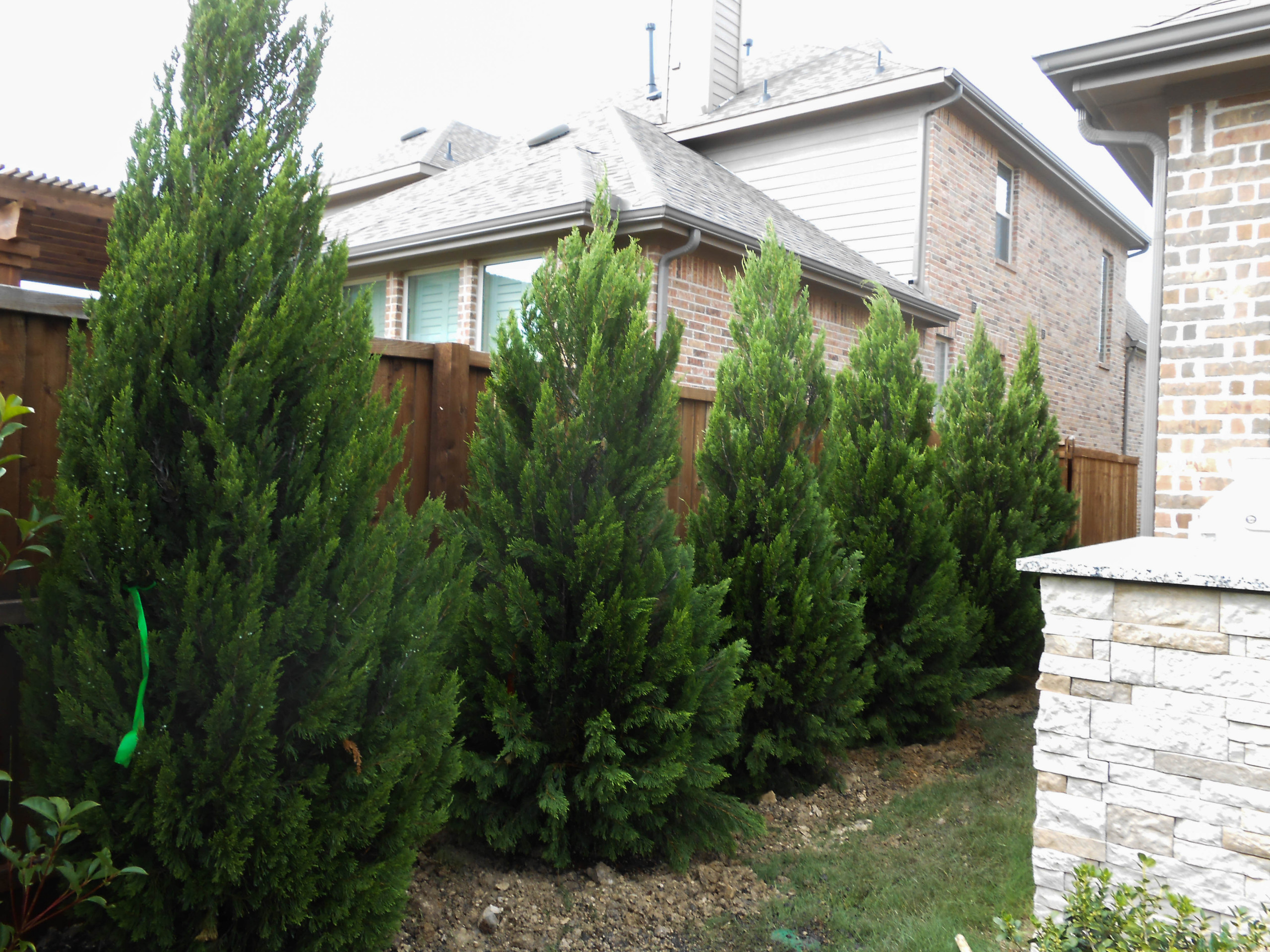
Uses:
- Ornamental Trees and Shrubs: Junipers are commonly grown as ornamental trees and shrubs in gardens, landscapes, and urban environments, providing evergreen beauty and texture.
- Groundcovers: Some low-growing juniper varieties are used as groundcovers in areas where low-maintenance greenery is desired.
- Erosion Control: The deep-rooted nature of some juniper species makes them useful for erosion control in landscapes and on slopes.
- Juniper Berries: In some cultures, the juniper berries are used for culinary purposes, particularly in flavoring certain dishes and beverages.
Juniper trees and shrubs are admired for their year-round greenery, adaptability, and low-maintenance nature. They are a popular choice for various landscaping and gardening projects, where they add a touch of evergreen beauty to the surroundings. Junipers are often associated with a sense of resilience and longevity, making them a cherished presence in many landscapes. With proper care and appreciation for their unique qualities, juniper trees and shrubs can thrive and become a valuable addition to the natural beauty around us.
Item has been added to your cart.


